Few songs from The Beatles’ later years hit quite as hard as “Don’t Let Me Down” from the Let It Be sessions in 1969. The song itself was released as a B-side that year but was ultimately not included in the band’s final album, Let It Be.
Videos by American Songwriter
It’s wild that the soulful track wasn’t included on that record. “Don’t Let Me Down” features all of The Beatles’ talents at their very best, as well as the keyboard talents of Billy Preston. And John Lennon’s isolated vocals on the song prove that he was a next-level singer.
The Origins of “Don’t Let Me Down”
Lennon composed this song as an ode to Yoko Ono. Though, it feels more like a desperate plea to Ono than a love song about her. Paul McCartney even agreed with that sentiment.
“It was a very tense period,” said McCartney in the Barry Miles book Many Years From Now of the recording of the song. “John was with Yoko and had escalated to heroin and all the accompanying paranoias and he was putting himself out on a limb. I think that as much as it excited and amused him, and the same time it secretly terrified him. So ‘Don’t Let Me Down’ was a genuine plea… It was saying to Yoko, ‘I’m really stepping out of line on this one. I’m really letting my vulnerability be seen, so you must not let me down.’ I think it was a genuine cry for help. It was a good song.”
I’d have to agree with the notion that it’s a good song. It’s definitely one of the most passionate songs in The Beatles’ discography. You can listen to John Lennon’s isolated vocals on “Don’t Let Me Down” below:
John Lennon’s Isolated Vocals Aren’t The Only Standout Element of “Don’t Let Me Down”
While Lennon’s passionate voice is certainly arresting, the quality of this song comes down to the sum of its parts. The writing, obviously, is impeccable. The choice to record it with unique time signature changes also added a disorienting vibe to the song. It was an apt decision that suited the song’s begging call for action appropriately.
McCartney added instrumentals and vocal parts to the song, while George Harrison contributed a descending lead guitar part (two parts, technically) that accompanied the verse and bridge perfectly. This song is packed with The Beatles’ more unusual instrumental choices and proves that they knew how to experiment with sound unlike any other group of musicians.
Photo by Daily Mirror/Daily Mirror/Mirrorpix via Getty Images
When you purchase through links on our site, we may earn an affiliate commission.

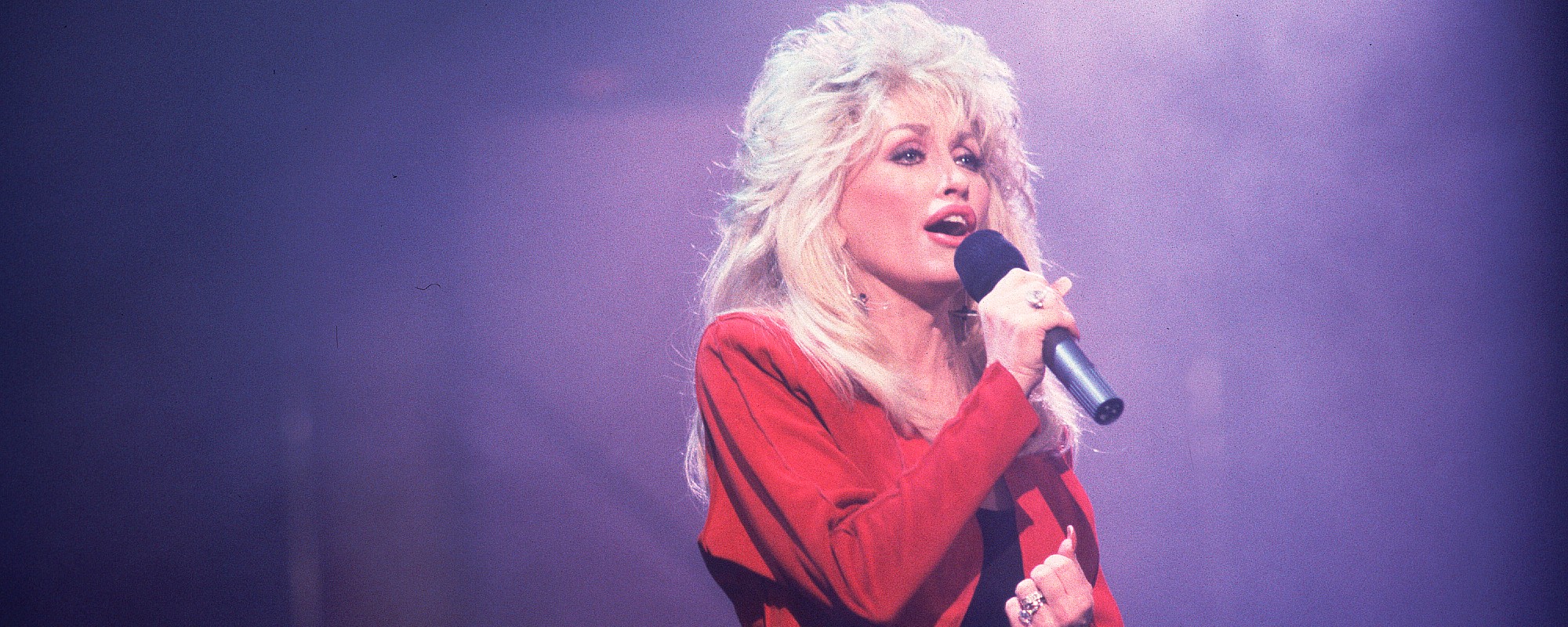
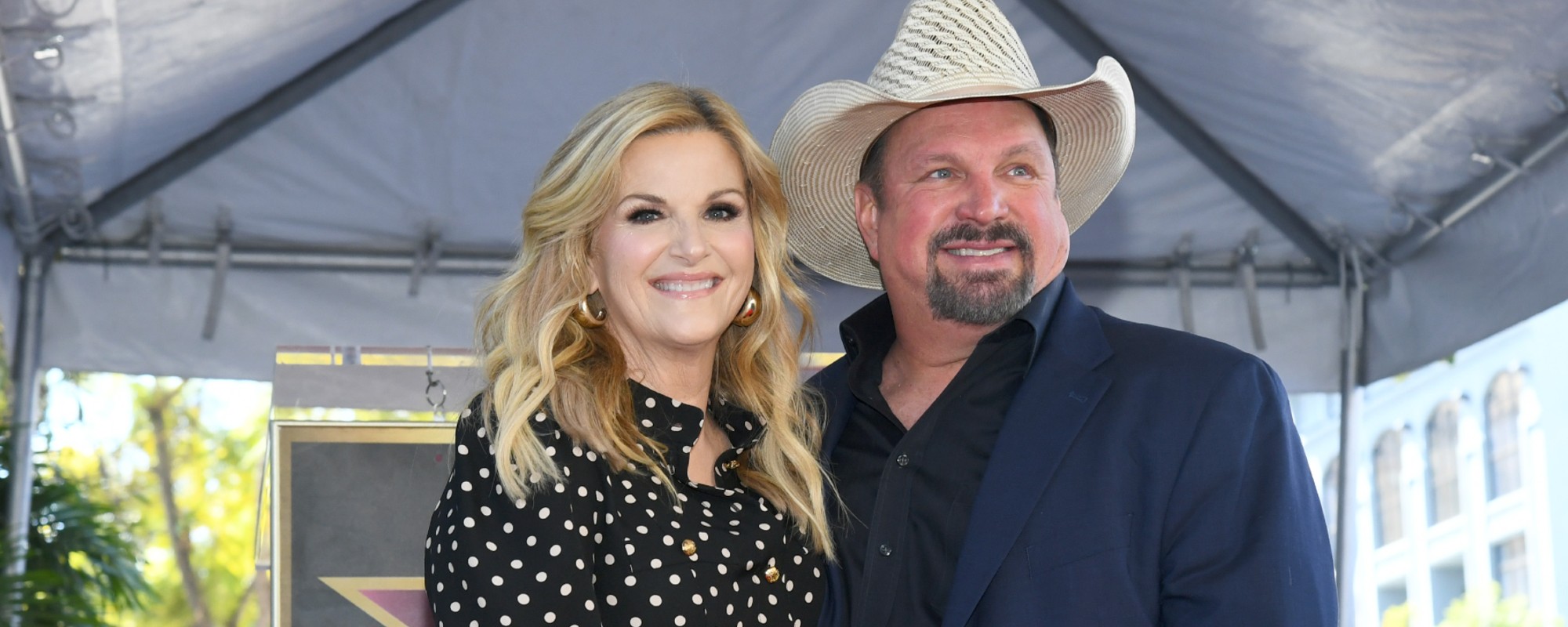



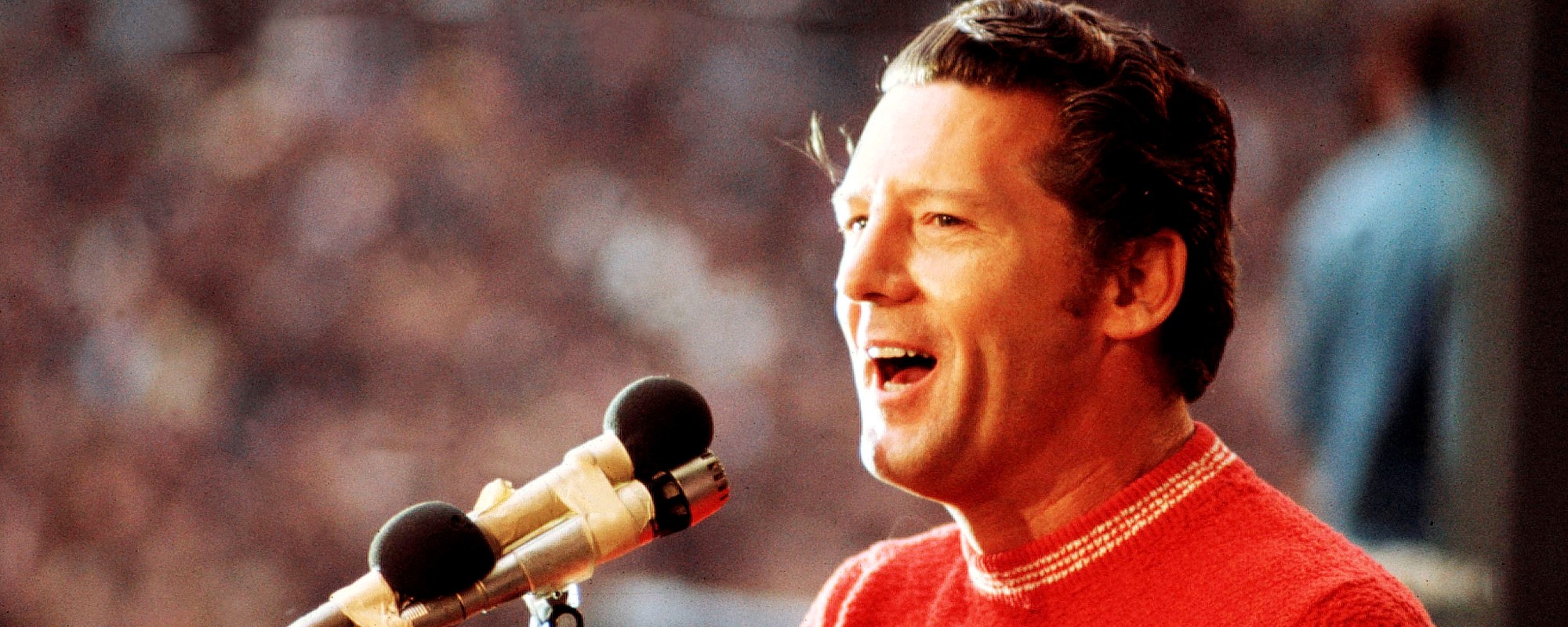


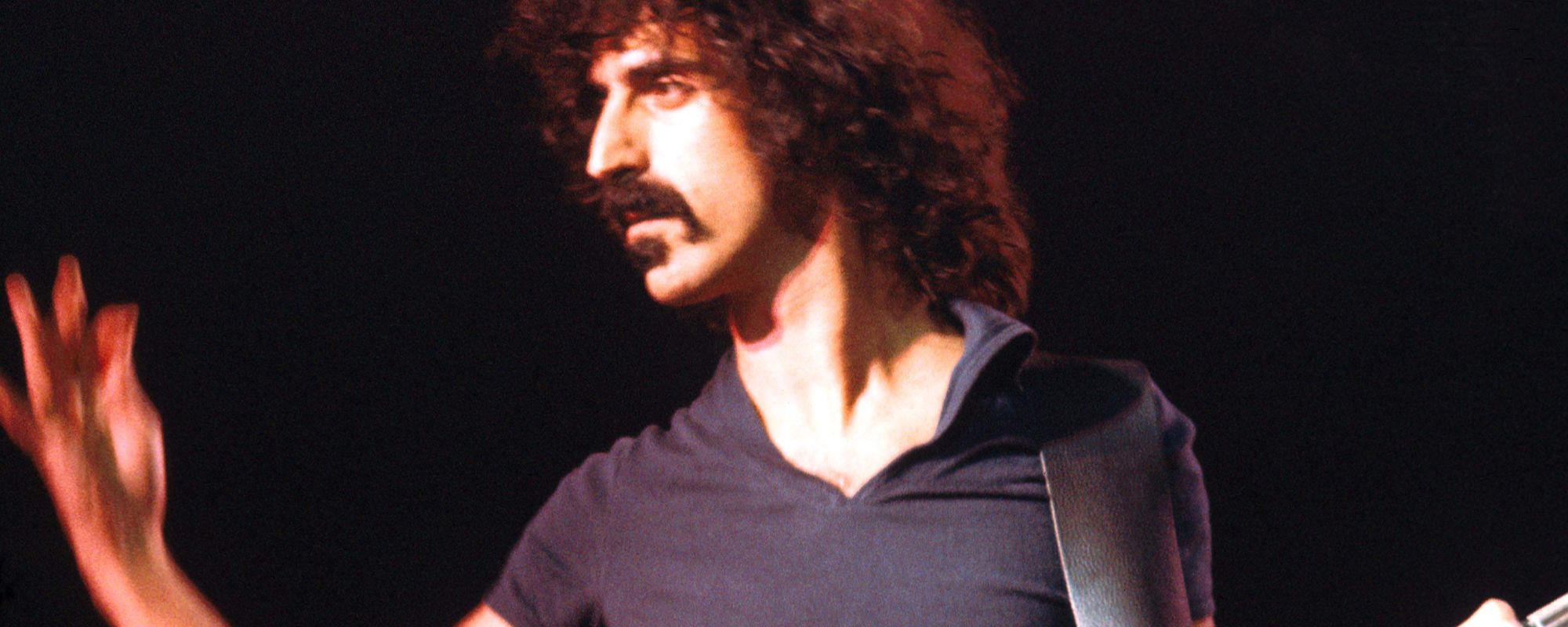

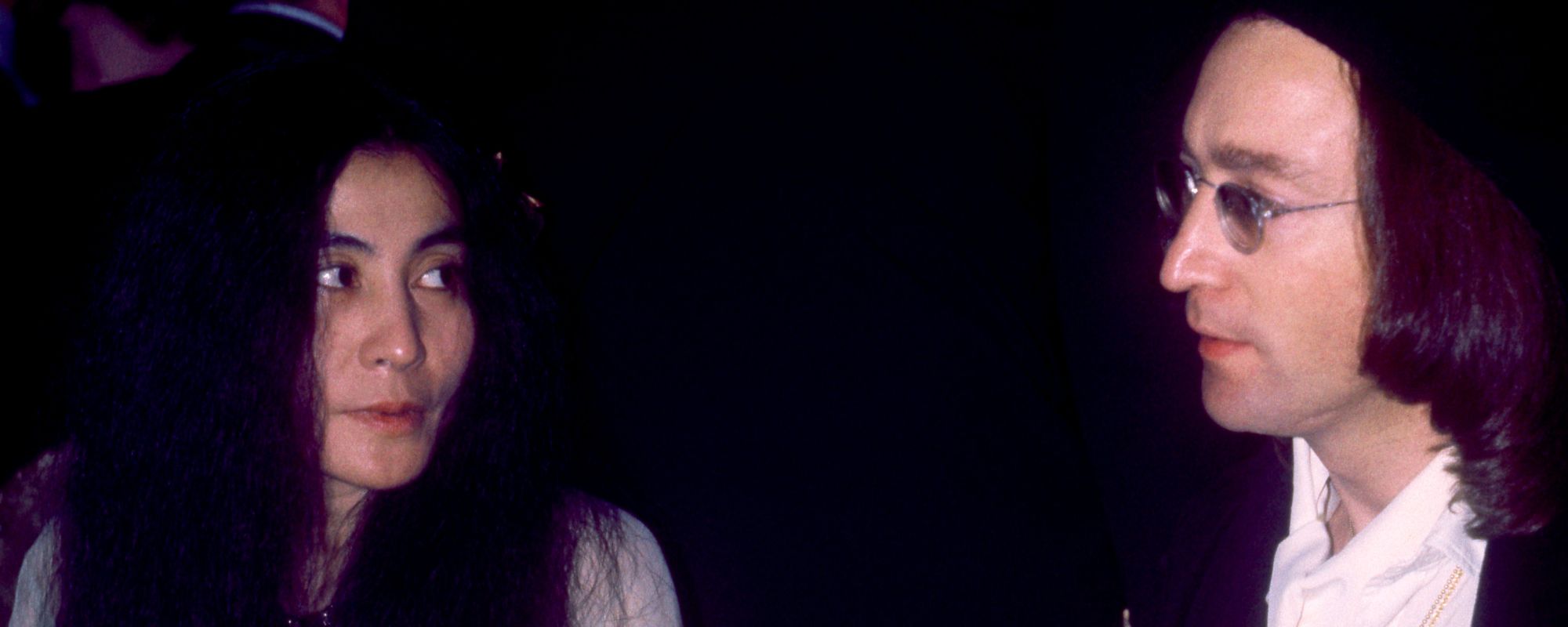
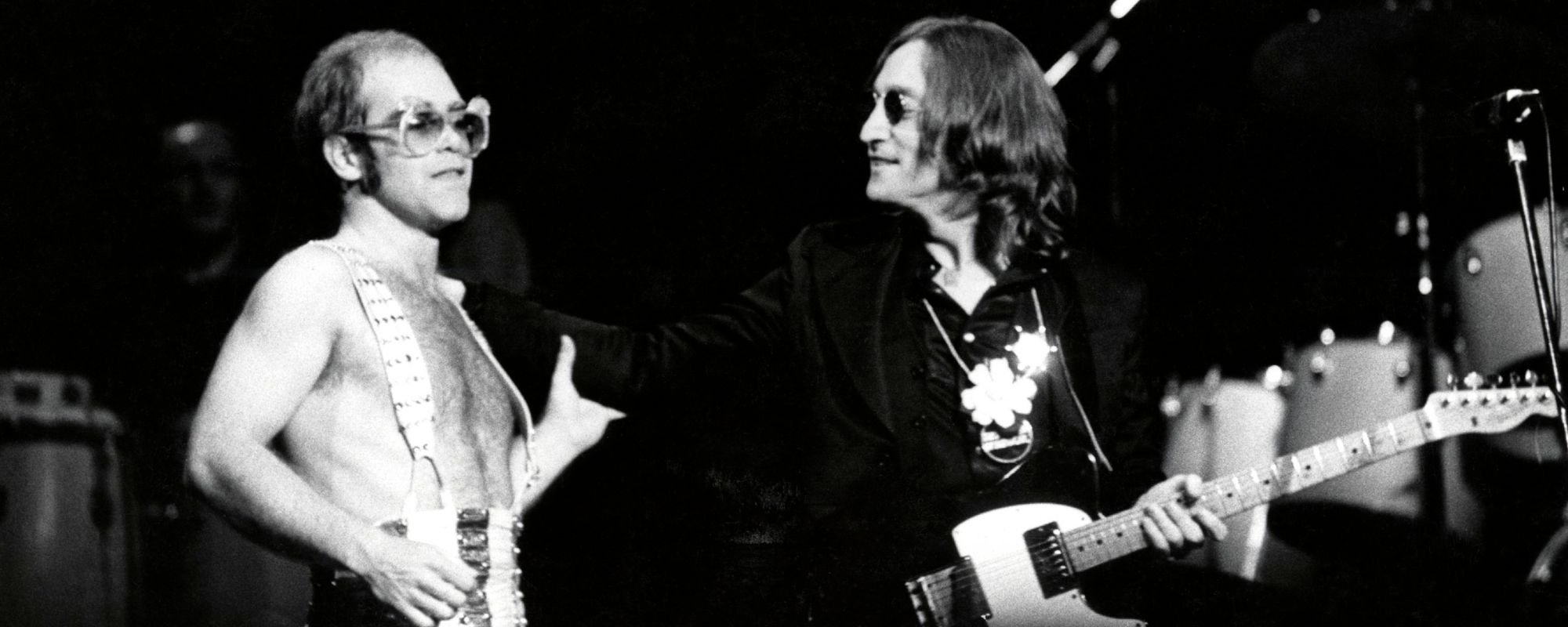
Leave a Reply
Only members can comment. Become a member. Already a member? Log in.